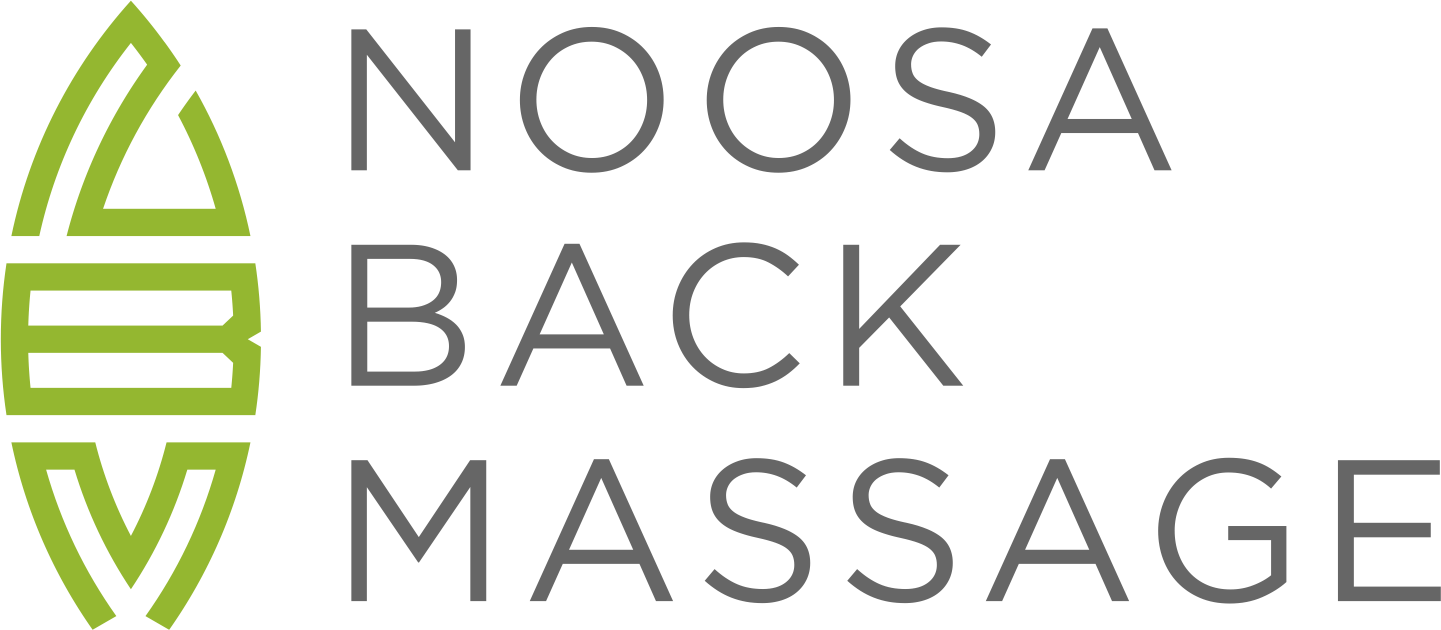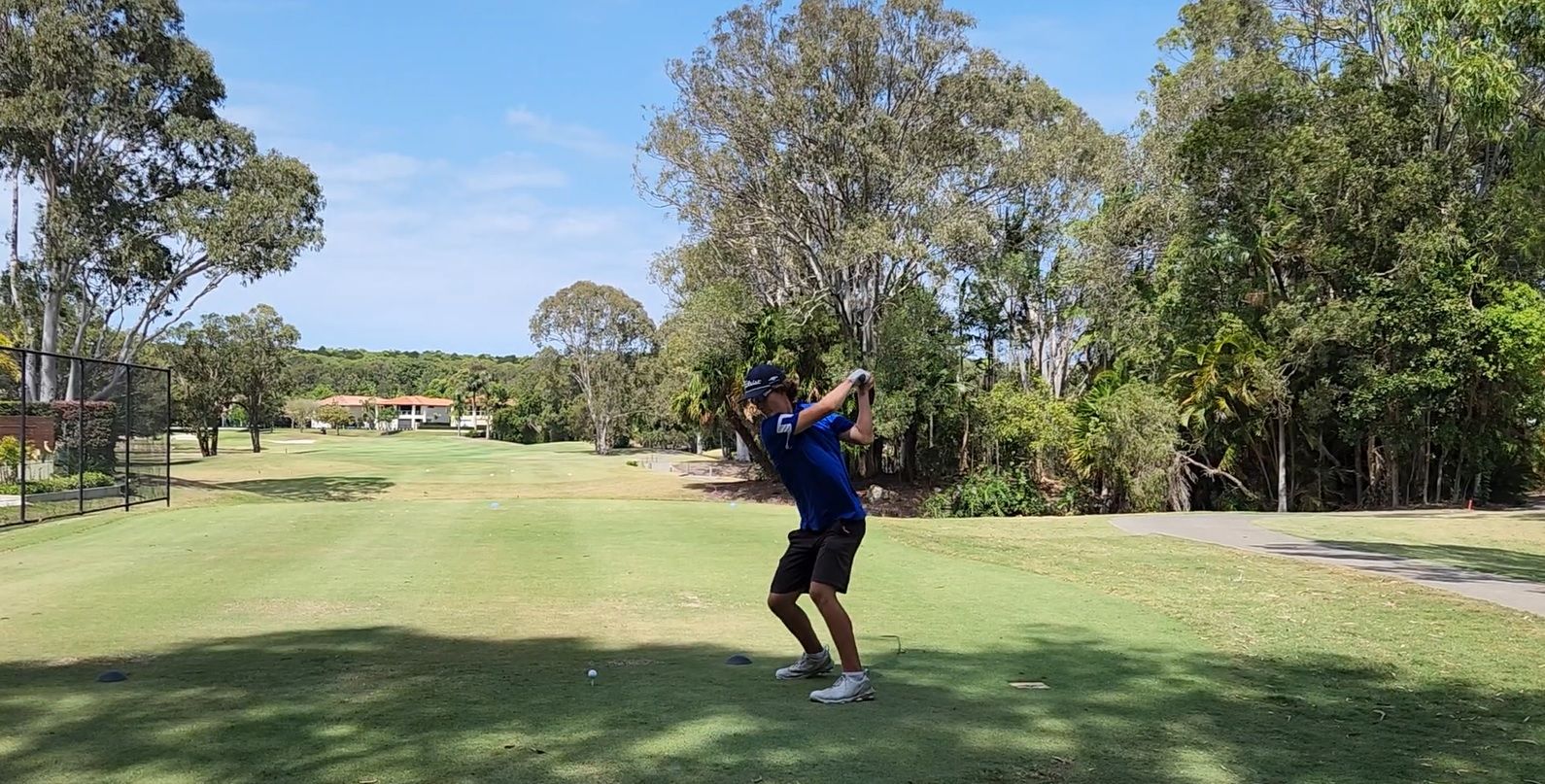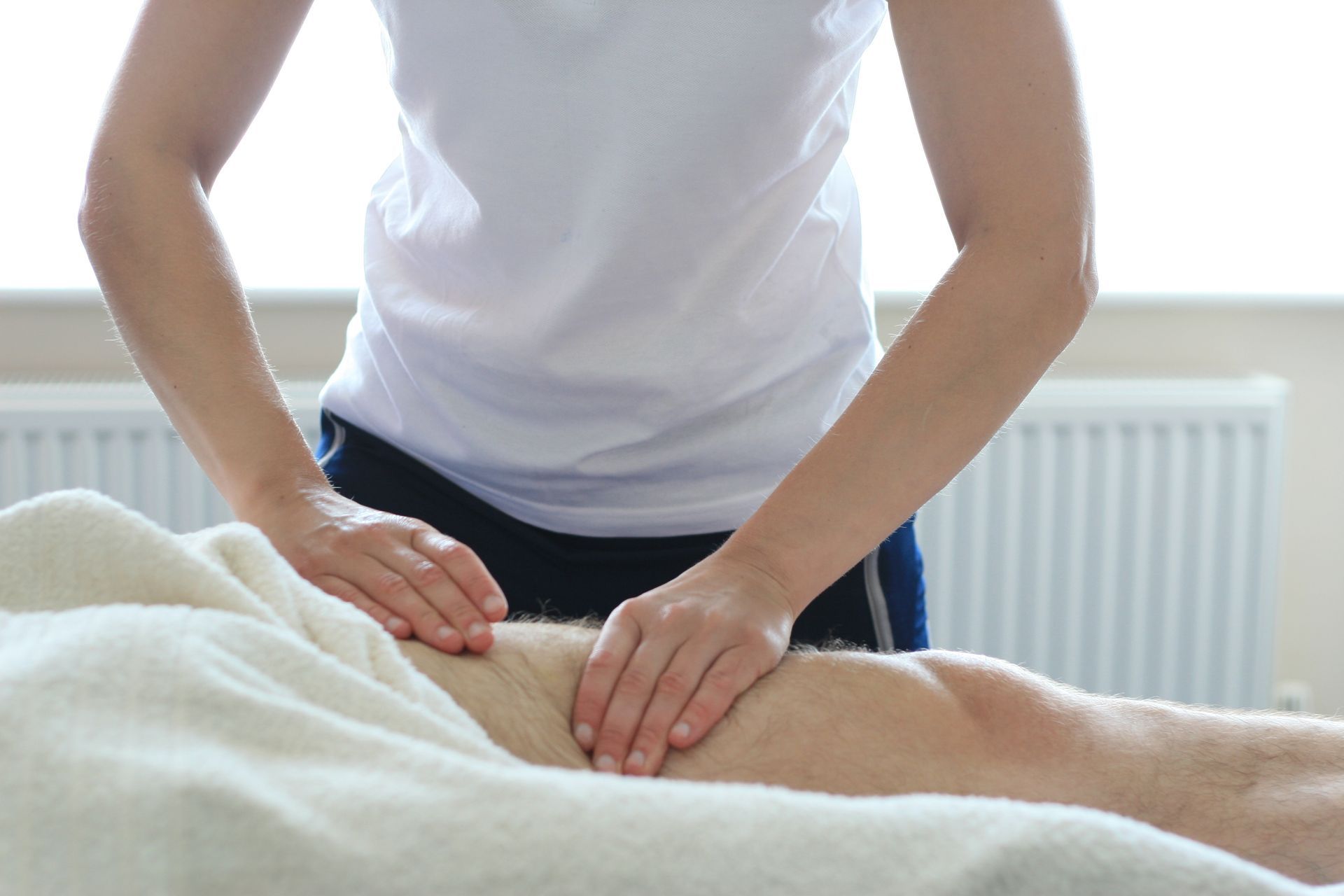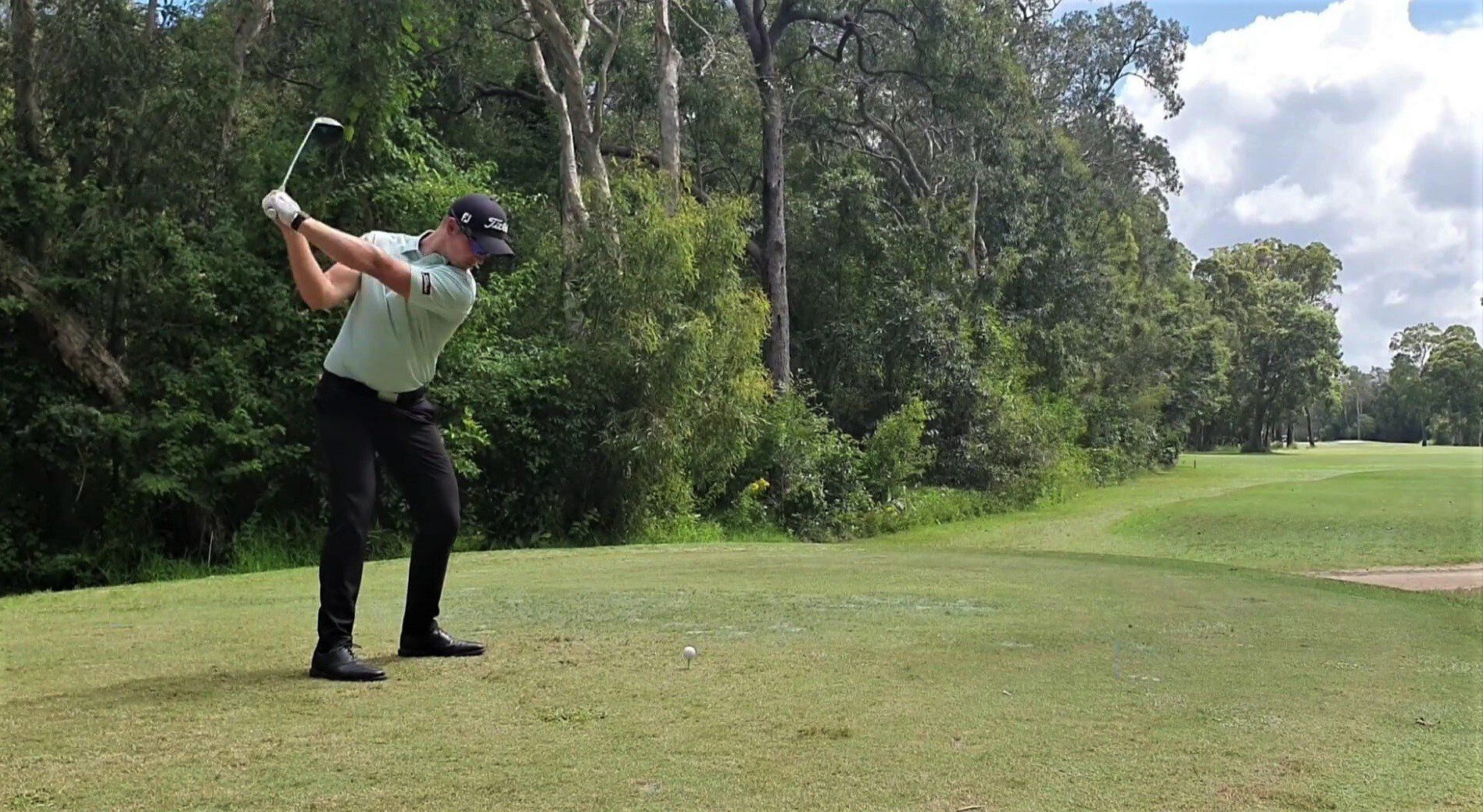Know Pain Know Gain
Understanding pain and having a strategy for treating it is half the battle.
Pain is a symptom that all healthy human beings experience. The sensation of pain is also necessary for survival; if we did not experience it, we would not know that we were injured or unwell. However, the degree of pain experienced does not always match the degree of injury. That’s why minor injuries like a paper cut sometimes cause extreme pain for example.
Massage can help with fast relief from many types of pain but in this post I want to discuss what pain is exactly, and how you and health professionals like physiotherapists can get you back out in the world living a pain free and happy life!
Understanding Pain
Pain is defined as “an unpleasant sensory and emotional experience associated with actual or potential tissue damage”. In any case, to those who are feeling pain, whether that “unpleasant” sensation results from actual injury to a tissue or the potential for such injury, the experience is very real. Pain is one of the primary symptoms that lead someone to seek the help of a massage therapist or other health care professional.
In recent years, our understanding of how and why pain exists has changed. While pain was once thought to originate at the level of the tissues (eg, if a knee was injured, pain signals originated at the level of the knee), it is now believed that pain is not perceived until the brain concludes there is a potential threat to those tissues. Today’s findings suggest that if a knee is injured, danger signals originate at the level of the knee, these signals are relayed to the brain, and the brain determines if it needs to respond by sending an output of pain. This response is individual—what causes one person’s brain to respond, may not cause another’s to do so. This is basically why some people seem tougher or harder than others.
This shift in the understanding of pain has a couple of major implications. Firstly, it changes the way we as massage therapists may approach your care. While many health care fields used to focus on the treatment of individual tissues, many physical therapists are beginning to use a “bio-psycho-social” model of pain treatment.
In this approach, physiotherapists do not solely focus on the tissues of the body (bio), but they also consider psychological and social factors that may be influencing the amount of pain you experience. If you hurt your knee at work, for example, a physiotherapist may incorporate different aspects of your work into your rehabilitation. A physiotherapist may design exercises that replicate the positions you assume during a workday or the tasks you perform at work, such as lifting crates or climbing a ladder if you are a tradesman, or strengthening your posture and core if you are sitting at a desk. A good physiotherapist will also talk to you about any fears that you may have about movement, and help give you the confidence to move safely again.
Secondly, it can have a wide economic impact. A recent study in the US found that the treatment of pain cost between $500 billion and $635 billion a year in 2010. To put these numbers in perspective, that same year $309 billion was spent treating heart disease, $243 billion was spent treating cancer, and $188 billion was spent treating diabetes. We are spending an enormous amount of money on the treatment of pain, but these numbers could decrease as we better understand why pain occurs.
How Do You Feel?
As discussed, because pain is such a subjective, individual experience, we don’t have very accurate ways to measure pain tolerance. Currently, there are 2 ways your physiotherapist may categorize your pain:
1. The most standard classification of pain is time-based:
- Acute (pain experienced for less than 3 months)
- Chronic (pain experienced for more than 3 months)
2. The second classification of pain is based on the likely triggering mechanism:
Nociceptive triggers result inpain that is localized to an area of injury or dysfunction. The pain is often aggravated or eased by certain movements or positions, which demonstrates that the pain has a clear mechanical nature.
Peripheral neuropathic-induced pain occurs with a history of injury, disease, or mechanical compromise to a nerve. Pain is generally experienced due to damage or disease of neural (nerve) tissue.
Central sensitization results in pain that is disproportionate to the nature or extent of the injury or disease. The pain is usually nonmechanical and unpredictable in response to factors that usually aggravate or decrease pain.
Research has indicated pain may also result in the following deficits:
Fear avoidance – an avoidance of movements or activities because of a belief about the potential negative consequences of those movements or activities (eg, My work might harm my back).
Catastrophizing
– an exaggerated, negative orientation toward pain (eg, “Because of this pain, I feel I cannot go on”).
Kinesiophobia – a fear of moving or exercising (eg, I am afraid to return to exercising).
- Muscle weakness
- Inability to move as freely as usual
- Difficulty performing daily activities
Signs and Symptoms
Once again, we all experience pain differently. It doesnt mean you are weak or soft if you are more sensitive to pain; it’s just the way you experience it. The nature of your pain may give your physiotherapist some insight into the contributing mechanism though.
The following is a general description of the different types of pain experienced:
Acute pain - often from a nociceptive mechanism, generally results in discomfort locally at the injured tissue. This pain will increase when the injured tissue is provoked or compromised, and will decrease when the trigger is removed. For example, if you have a swollen or injured tendon in your shoulder, you may experience pain when moving your arm overhead. That is because the tendon can get stretched, pinched, or compressed during the movement. When you move the arm back down, unloading the tendon, the pain often resolves or at least significantly lessens. A physiotherapist will help you identify positions that hurt and positions that do not hurt, and provide treatment and exercises to help the injured tissue move more efficiently.
Chronic pain - often from a central sensitization mechanism, results in widespread pain that is often unpredictable. Individuals experiencing it may be hypersensitive to even the slightest triggers. Chronic pain often is related to psychological factors, and has been identified as a characteristic of chronic low back pain, chronic fatigue syndrome, whiplash, TMJ disorder, rheumatoid arthritis, osteoarthritis, and fibromyalgia. The approach to care for chronic pain is often less aggressive because of its unpredictability, and treatment often emphasizes education in addition to exercise and manual therapy. A physiotherapist is well equipped to assess and treat disorders resulting in pain.
How Is Pain Diagnosed?
Your physiotherapist will ask you questions as well as perform tests to better understand what may be causing your pain. Your physiotherapist may ask:
- Where is the pain located?
- When do you experience the pain?
- What types of activities bring it on, and when provoked, how long does it take to go away?
- What does the pain “feel” like?
- On a scale of 0 to 10, can you rate how much pain you are currently experiencing (as well as the best and worst pain you have felt in the past 24 hours)?
- What do you think is causing the pain?
Imaging tests, such as x-rays, computed tomography (CT) scans, and magnetic resonance imaging (MRI) may be needed to rule out any underlying medical condition that is contributing to your pain. Your physiotherapist will refer you to other medical professionals for these assessments.
So how can massage help relieve pain?
Once your condition has been diagnosed, your physiotherapist will work with you to develop a treatment plan to help address your pain. Because the mechanisms of pain vary, each approach to care will also vary. That being said, there is evidence to suggest that simply understanding pain through educational means (such as reading this blog for example) may result in reduced symptoms. Know pain equals know gain!
In addition, physiotherapy treatments may include:
Manual therapy - Manual therapy consists of specific, hands-on techniques that may be used to manipulate or mobilize your skin, bones, and soft tissues. Manual therapy is often used in conjunction with other activities to increase movement and reduce pain. Some physical therapists have additional certifications that identify them as having advanced training in this type of therapy.
Movement and strengthening exercises - Moving and exercising can often be a great strategy to lessen pain. Your physiotherapist will help identify specific movements that will help reduce your symptoms.
Modalities - Your physiotherapist will be able to determine whether the use of modalities, such as ice, heat, or electrical stimulation will benefit your unique condition.
Your physiotherapist will work with you to develop strategies to better understand and manage your pain. Some points to remember:
- Education is very important. When we understand what pain is, we can use it to better guide our movements and activities.
- Bed rest may not always be helpful. Despite what we once thought, long periods of bed rest (more than a day or 2) may actually make your pain worse and lead to other medical complications. Your physiotherapist can work with you to develop safe levels of activity to help treat your condition.
- Regular exercise is very important. Routine exercise provides a lot of benefits, such as improving the conditioning of the nervous system, which is responsible for sending pain messages.
- Relaxation and imagery exercises can help. We often experience things that can trigger pain (ie, a stressful day, loud noises, an uncomfortable situation, etc). Your physiotherapist can also help you learn ways to relax the body, which can often calm down the nervous system.
I’ve tried everything. How do I know it will work for me?
Please Note here that we are not holding ourselves out as licensed physiotherapists in Australia, nor are we representing Noosa Back Massage as a licensed physio. The distinction between massage therapy and physio is clearly defined by regulations here in Australia and we respect that. Asa was however a licensed physio in Singapore, Sweden, Germany and Switzerland though where she owned her own practice treating professional athletes and has hired and trained dozens of physios. Hence the strong opinions in this blog and the heartwarming anecdote below.
Perhaps one of our most notable and truly rewarding results I had as a physio back in Switzerland was the story of Werner Schmid from Horgen. Werner, 80, suffered with chronic headaches from a car accident he had almost 60 years earlier. Werner was taking prescription strength pain killers for 59 years before his doctor referred him to us. After a course of treatment with us Werner’s improvement was remarkable. Werner was able to reduce the number of pain killers he took from an average of 3 per day to less than one every other day. Today, after taking medication for 59 years, Werner takes NO medication anymore. Yes you read that correctly - that’s a 100% reduction in medication after taking it for almost 60 years.
Getting back in control of your life like that is highly motivating. Both for you and for us actually.
Åsa
Feel Better. Move Better. Live Better.
Further Reading
The following articles provide some of the best scientific evidence related to physiotherapy treatment of pain. The article titles are linked either to a PubMed* abstract of the article or to free full text, so that you can read it or print out a copy.
Lin CW, McAuley JH, Macedo L, et al. Relationship between physical activity and disability in low back pain: a systematic review and meta-analysis. Pain. 2011;152(3):607-613. Article Summary on PubMed.
Koes BW, van Tulder M, Lin CW, et al. An updated overview of clinical guidelines for the management of non-specific low back pain in primary care. Eur Spine J. 2010;19(12):2075-2094. Free Article.
Leaver AM, Refshauge KM, Maher CG, McAuley JH. Conservative interventions provide short-term relief for non-specific neck pain: a systematic review. J Physiother. 2010;56(2):73-85.
Moseley L. Painful Yarns: Metaphors and Stories to Help Understand the Biology of Pain. Canberra, Australia: Dancing Giraffe Press; 2007.
Moseley GL, Nicholas MK, Hodges PW. A randomized controlled trial of intensive neurophysiology education in chronic low back pain. Clin J Pain. 2004;20(5):324-330. Article Summary on PubMed.
Wand BM, Bird C, McAuley JH, et al. Early intervention for the management of acute low back pain: a single-blind randomized controlled trial of biopsychosocial education, manual therapy, and exercise. Spine (Phila Pa 1976). 2004;29(21):2350-2356. Article Summary on PubMed.
Butler DS, Moseley L. Explain Pain. Adelaide City West, South Australia: Noigroup Publications; 2003.
Dr Lorimer Moseley. TED lecture explaining why things hurt.
*PubMed is a free online resource developed by the National Center for Biotechnology Information (NCBI). PubMed contains millions of citations to biomedical literature, including citations in the National Library of Medicine’s MEDLINE database.
Share









